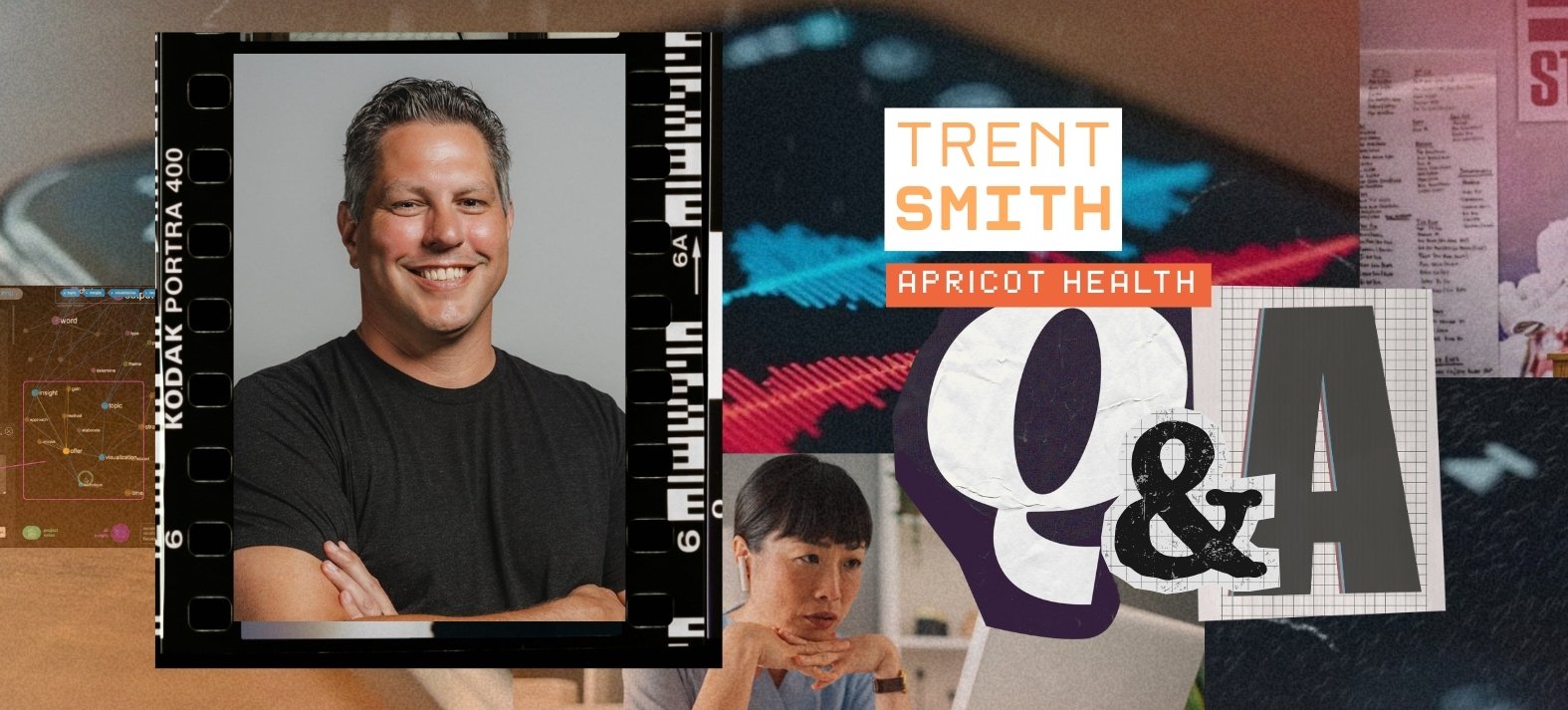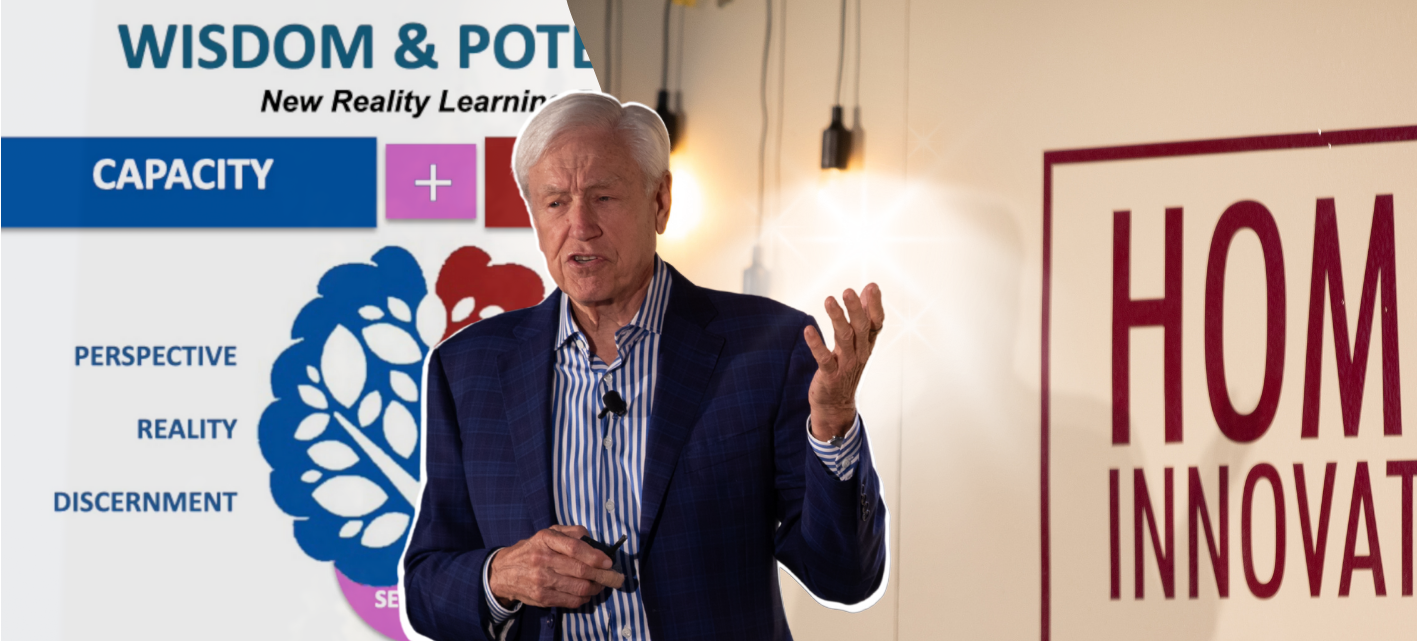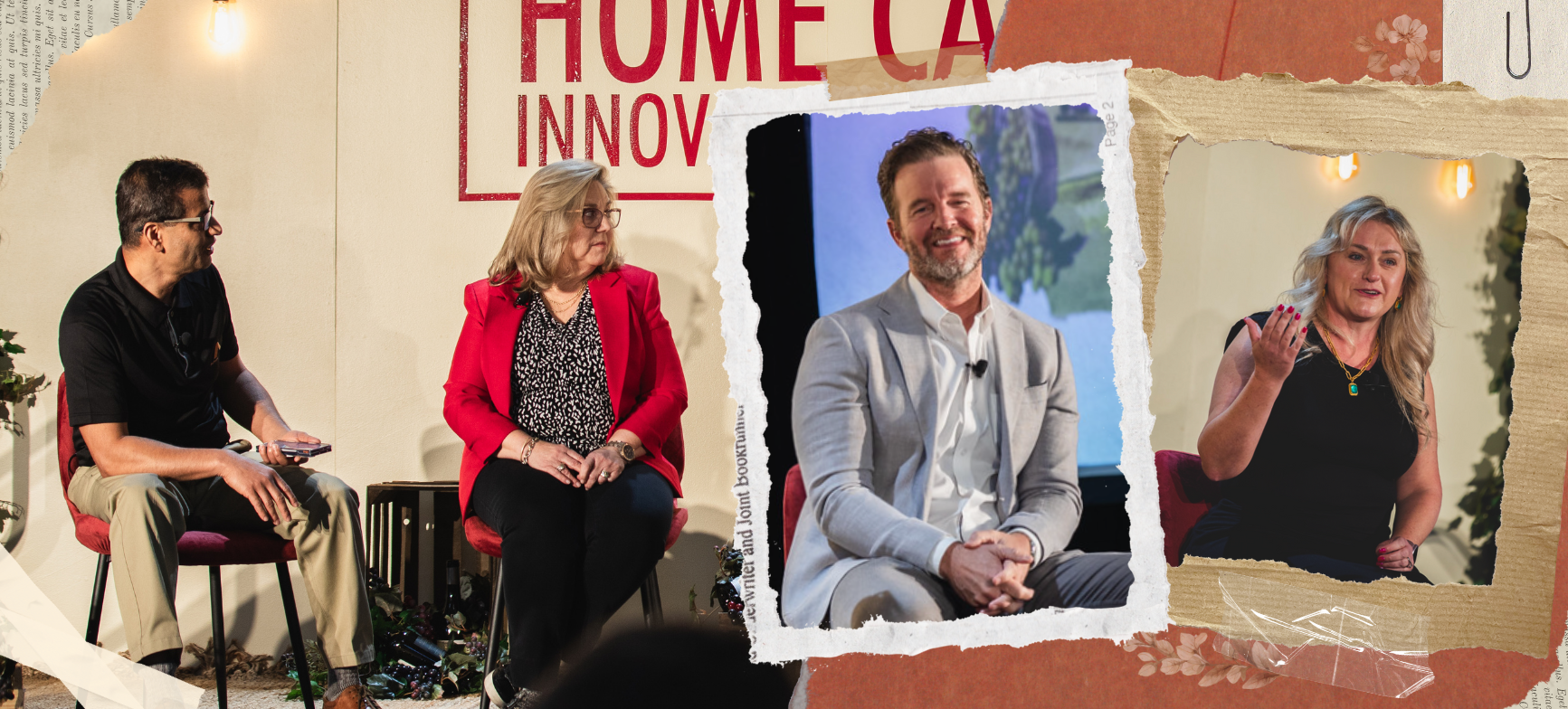Editor's note: This piece is an excerpt from our recently published report, 'The Future of Home Care: 9 Innovators Share Their Predictions for the Next Decade'.
Home health care companies have more data today than ever before – vital signs tracked continuously by Remote Patient Monitoring (RPM) tools, information logged by clinicians during in-person visits, Electronic Medical Records (EMRs), and various other streams of information.
However, some providers struggle to manifest meaningful actions from this trove of data, which is collected to primarily do one thing: enhance patient care and outcomes.
Brent Korte, CEO of Frontpoint Health, said his company is “data thirsty.” Although a relatively new provider (Frontpoint started operations just a few years ago), it’s experienced explosive growth, seeing a 42% increase in its daily census in the first 16 months of operation.
Korte focuses almost entirely on growing his patient base from Medicare Advantage policyholders and is ambitious on expanding Frontpoint’s geographic footprint. The Texas-based home health and hospice provider operates around the Dallas-Ft. Worth Metroplex, but is looking to expand into other areas in the Lone Star state, he said.
A veteran at-home care leader, Korte has given a lot of thought to the opportunities and challenges that information systems present in post-acute care.
In 5 years, he envisions providers seamlessly leveraging real-time data to drive informed care decisions and further the mission of serving more high-needs patients, a demographic that is increasing by the year. He said that sophisticated data utilization will be critical to future growth for all providers.
“We are data thirsty, but we are also thirsty for data execution”
“Everyone has so much information. This is where AI comes in. It can be overwhelming for a provider to do anything other than baseline operations. AI can comb through all this data and inform you about what to do and when. We are going to see this integrated into operations much more in the future.”
Currently, RPM use holds both promise and limitations, he said. Wider RPM adoption will be necessary in the future to efficiently manage escalating patient volumes, yet available technologies feel fragmented and add complexity for clinicians, he said. Korte hopes to see RPM evolve to benefit patients more clearly without overstraining home care companies’ finances.
The ideal system would aid providers in intervening early when patients destabilize in order to avoid costly hospitalizations. That system, he said, is on the horizon.
"I think there's a lot of power in these things [remote patient monitoring],” he said. “But they are expensive. I know that in the future there’s going to be a company that truly breaks through at a cost that we can all accept and in a way that will truly add value to patient care."
Korte sees data and technology as key to intimately understanding the distinct patient populations and employee bases in each location served.
However, he questions whether EMRs facilitate or hinder this localization. Korte notes that transitioning EMR systems deeply disrupts operations and floated the idea of integrating data across different EMRs rather than consolidating platforms.
“As a company (leader), I would challenge my peers on the same front. If we can grow in a way that doesn't force unifying EMRs, we can move faster and provide more care. We can move much more quickly if we don't limit ourselves from a medical record perspective."
The Industry Needs to Shift
John Kunysz is the President and CEO of Intrepid USA, the nation’s 11th-largest home health and hospice care provider. He has more than 30 years of experience in healthcare settings. Like many of his counterparts, he’s keen on reducing labor costs and increasing operational efficiency. Utilizing data in the right way can help that motivation along.
“We are utilizing data to look at clinical metrics and risk points for patients, but we need to focus more on using that data to reduce labor costs and optimize utilization (of services) and labor productivity”
Over the next 5 years, Kunysz sees predictive analytics being used to help determine optimal visit frequencies and allow shifts to telehealth - when appropriate - based on clinical data obtained from EMRs. The data would then translate to patient scheduling, maximizing labor productivity and increasing margins.
Kunysz, a passionate advocate for a longitudinal approach to care - where the patient’s whole life situation is taken into consideration when developing a care plan - wants to see more attention given to utilizing this approach.
In the future, a simple app interface will enable family members to easily input and share candid observations about their loved one's condition directly with their care team.
Kunysz sees a day when real-time data feedback loops become common, where care providers and patient family members can see scoring and assessments from each other and provide additional perspectives. This approach would create a more comprehensive understanding of the patient's condition.
“If you can track your Amazon package from the warehouse to your front door, you should be able to track the status of your loved one’s health in the home,” he said, adding that providers and families alike should have easy access to a patient’s visit status and daily summaries of their health.
“The industry needs to shift focus from measuring clinical metrics like rehospitalizations to unplanned hospitalizations,” Kunysz said. “Data should be used to ensure that patients are keeping healthy at home.”
Posted by
Join us!
The retreat for home health care and hospice leaders innovators.
May 17-19, 2026 | Palm Springs, CA





-2.png)


-2.png)


Comments